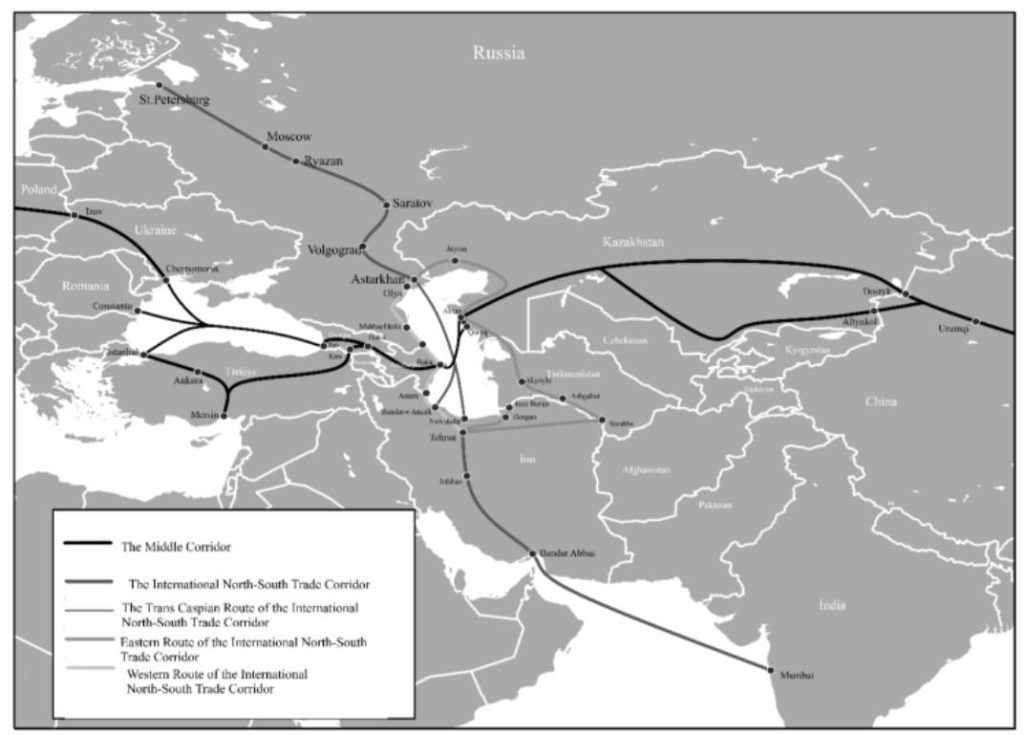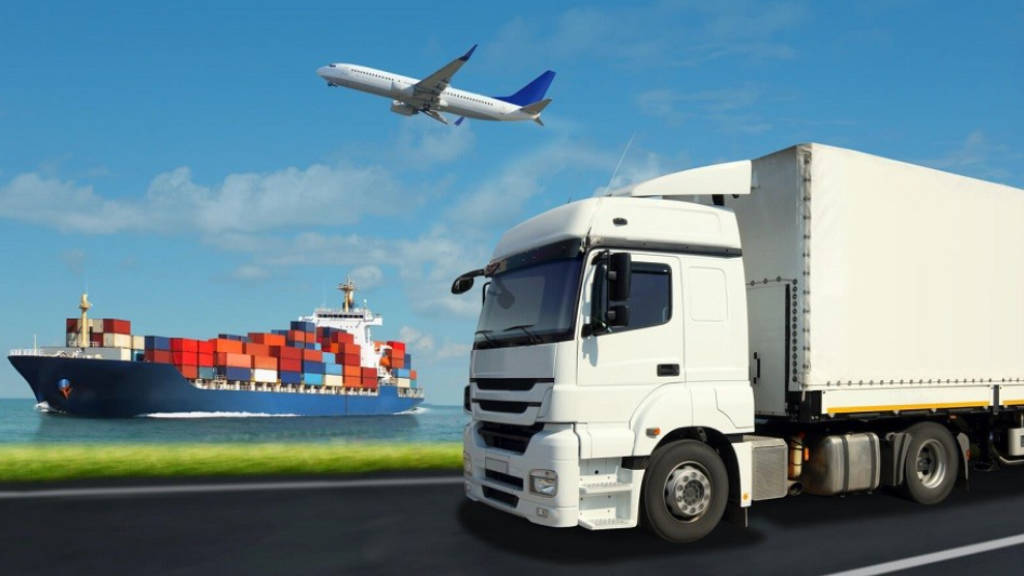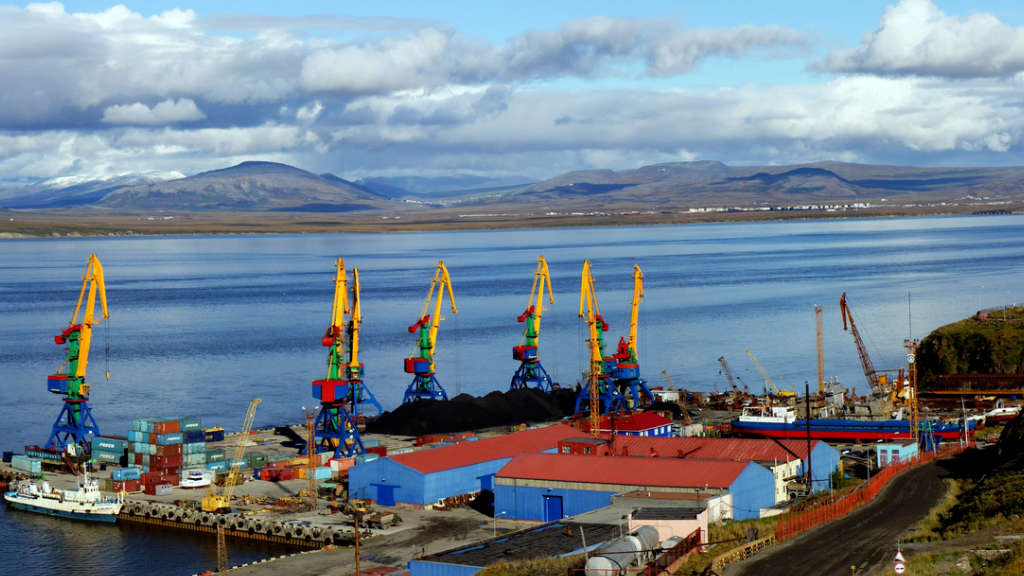Oman and Qatar are interested in expanding the North-South International Transport Corridor (ITC), the multimodal supply chain route that stretches from Russia’s Caspian Sea coast to Iran and onto South Asia.
Marat Zembatov, a member of the Russian-Omani Business Council at the Chamber of Commerce and Industry of Russia, and a member of the transport subgroup of the BRICS Business Council made the observation the development and expansion of the North-South ITC is constantly increasing.
Zembatov said “When the idea of North-South ITC acquired its modern outlines and the practical implementation of this project began, the target indicators of cargo traffic along the corridor were something like 30 million tonnes of cargo per year. I think that today this figure should be increased, the very idea of the ITC needs an expanded interpretation. Thus, the logistics route will combine the cargo flows of Europe, Asia, and Africa. However, to do this, it is necessary to modernise the infrastructure, including rivers and seaports in the Caspian Sea in Russia. Then African nations can also participate.”
“If we imagine that in the future North-South ITC will have the opportunity of a seamless connection with transport logistics hubs not only with the countries of the Persian Gulf but also the Arabian Peninsula, then we come to the appearance of a future with a different logistics, where Russia and the states of the Arabian Peninsula combine their transit potentials to play a key role in connecting three continents: Europe, Asia and Africa. Of course, this will entail a multiple increase in cargo traffic along the North-South corridor, it will play a key role.”
However, at the same time, he clarified that for the development of the North-South ITC, many issues need to be resolved, including those related to the development of the fleet, deepening of the Volga riverbed, modernisation of the port infrastructure of the Volga river ports and the construction of new transport routes.
According to Zembatov, a new impetus to the development of the transport corridor can also be given by its unification with the Northern Sea Route (NSR), connecting European and Far Eastern ports of Russia and the mouths of navigable Siberian rivers along a shorter route. This will significantly increase both the direct and reverse loading of these two corridors and make them economically more profitable, including reducing the time of delivery of goods to the consumer.
He added that the issues of the development of the transport corridor will be discussed at the “North-South ITC – New Horizons Forum – Quick access to the premium markets of Iran, the East, South Asia, East Africa, and India” which will be held from November 13 to November 15 in Astrakhan.
The agreement to create the North-South international multimodal transport corridor was signed back in 2000 between Russia, India, and Iran. Initially, the goal of the project was to develop a new logistics route, which, compared with the route through the Suez Canal, more than halves the distance of goods delivery from India to Europe.
However, after 2022, this transport corridor has acquired special importance for Russia, since thanks to it, Russian exporters and importers gain access to the so-called “friendly” countries in conditions of large-scale sanctions restrictions and reorientation of logistics flows.
The North-South transport corridor has three main branches, which, according to their classical scheme, lead to Iranian ports:
- East, represented mainly by rail, passes through Kazakhstan and Turkmenistan,
- West, where road transport still prevails, through Azerbaijan,
- Central, directly through the Caspian Sea.
The most developed of these is the eastern branch. To increase cargo flows along the western branch, it is also necessary to build the Rasht-Astara railway, which will connect Iran and Azerbaijan (it should be launched by the end of 2027), and to modernise the river and marine infrastructure in the Caspian Sea and dredge canals and ports for the central branch to be in demand.

At present, 14 States have joined the agreement on the creation of the North-South transport corridor. In addition to India, Russia, and Iran, the project includes Belarus, Kazakhstan, Tajikistan, Azerbaijan, Armenia, Syria, Bulgaria, Kyrgyzstan, and Turkiye. In July 2023, Turkmenistan also stated it wanted to officially join the logistics route, while this summer Pakistan also expressed its interest. Doing so requires a commitment to transport upgrades, including soft issues such as customs unification and related issues such as cross-border digitization amongst members.
Further Reading
Chinese Container Manufacturer Investing In Astrakhan To Facilitate INSTC Shipments





